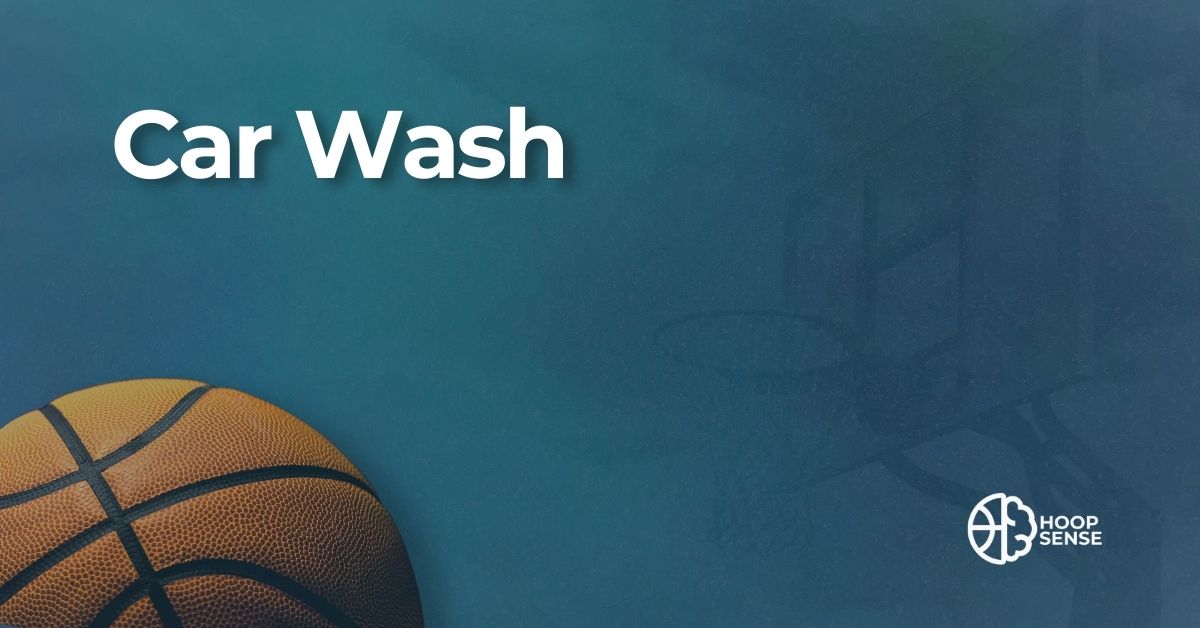
A collection of the best competitive 3-on-3 drills to improve real in-game skills like spacing, passing, defense, and finishing under pressure.
If you’re coaching middle school players — or advanced younger players — the best way to build real in-game skills is through live, small-sided games. And 3-on-3 Cutthroat is the sweet spot.
These drills aren’t just random scrimmages. Each one is game-like, competitive, and purpose-built to develop spacing, defense, finishing, decision-making, and team play.
Everything starts from a standard 3-on-3 Cutthroat setup. You can view the full breakdown of 3-on-3 Cutthroat by clicking here. Once you are familiar with the drill, you can then add any of these 11 variations to your daily practices.
Live 3-on-3 play. Offense stays on if they score, defense rotates on with a stop.
Add constraints like:
Great for building intensity and reinforcing your team’s priorities.
Every pass must be followed by a cut, and the nearest player fills the open spot.
Each possession starts with a coach pass and closeout. Offense must drive and make a decision:
Score bonus points for great kickout threes or clean rim finishes.
No dribbling allowed. This forces:
Offense must rely on timing, vision, and angles — just like real basketball.
Before any shot attempt, offense must set at least one screen:
Perfect for repping your team’s screening actions in live play.
Start in shell drill formation: help, gap, deny.
On the coach’s whistle:
Teaches the transition from structure to chaos.
Begin with defenders rotating and closing out to a pass.
Once the ball is caught:
Offense can’t shoot until someone drives into the paint.
Great for teams that settle for too many jumpers.
Quick, high-stakes bursts of play:
Perfect for end-of-practice intensity or teaching clutch play.
Each round has a new rule, such as:
Forces creativity, adaptation, and communication. Kids love this one.
Live play starts with a shot — on a miss:
Teaches boxing out, quick decisions, and fast break instincts.
Your players will get more reps, more touches, and more decisions — all under real game pressure.

